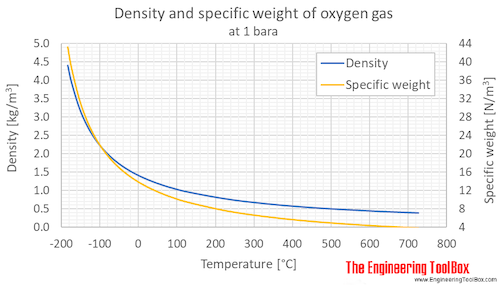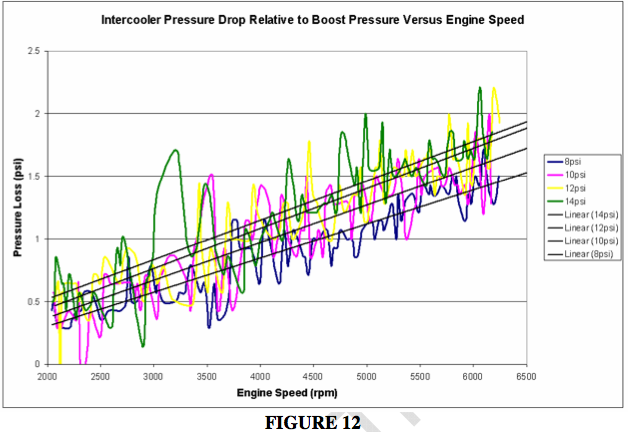TDR Heat Shield?
#1
I'm considering the TDR heat shield for my m45 miata. I've seen a few threads reporting positive results with underhood temp reduction. However, I am more concerned with intake temps at the manifold. I have checked my inlet temps at the air filter and they are roughly ambient. My IAT sensor is right before the intake manifold and often sees temps in the 200-250f range during boost. Has anyone logged a reduction in post-supercharger temps by adding heat shielding to their header? Or is it only effective for reducing temps at the air filter?
#3
Good grief 250F IATs are high! You'd likely make more power sourcing 60F ambient air to the TB and not using the supercharger, lol.
Yes, heat shields help and so do intercoolers. You will make a significant difference in power if you get below 100F in boost. Those little superchargers are known to make atrocious amounts of heat due to their inefficient design. This is why smart people go turbo. Not saying you're not smart, just saying you're nearing being smart enough to change.
Yes, heat shields help and so do intercoolers. You will make a significant difference in power if you get below 100F in boost. Those little superchargers are known to make atrocious amounts of heat due to their inefficient design. This is why smart people go turbo. Not saying you're not smart, just saying you're nearing being smart enough to change.
#4
Good grief 250F IATs are high! You'd likely make more power sourcing 60F ambient air to the TB and not using the supercharger, lol.
Yes, heat shields help and so do intercoolers. You will make a significant difference in power if you get below 100F in boost. Those little superchargers are known to make atrocious amounts of heat due to their inefficient design. This is why smart people go turbo. Not saying you're not smart, just saying you're nearing being smart enough to change.
Yes, heat shields help and so do intercoolers. You will make a significant difference in power if you get below 100F in boost. Those little superchargers are known to make atrocious amounts of heat due to their inefficient design. This is why smart people go turbo. Not saying you're not smart, just saying you're nearing being smart enough to change.
#10
.02
Last edited by good2go; 12-12-2018 at 04:26 PM.
#12
I'm not disagreeing that cooler air makes more power. Its the positive displacement supercharger factor that makes this difficult. The outlet temperature and volume of the supercharger won't change. By then passing through an intercooler, you drop temp, but also drop pressure. Yes I understand the ideal gas law. I guess I'll have to break out the calculator to estimate which has a greater impact.
#13
So I sat down and ran the numbers. Assuming a 20% pressure drop across the intercooler, I calculated a 13% increase in density compared to my non intercooled setup. That seems ample to consider adding an intercooler to my setup. Then, I would have to ability to add a crank overlay, resulting in an additional 12% increase in density(or 27% over my current setup). So in a perfect world, that could be worth about 40hp. We don't live in a perfect world, so I think an extra 20hp seems likely from an intercooler and crank overlay. Thanks for helping me to look at this logically, although my wallet may disagree....
#15
Ok, I've been thinking about this more and I can't make sense of it. I can't see how the intercooler is going to add power. A roots supercharger only pumps a fixed volume of air per engine revolution. Making this air cooler and more dense doesn't change the net amount of extra oxygen being forced into the engine. To me it seems the benefit to intercooling is to lower intake temps to reduce the propensity for knock, thus allowing more boost or timing to be added. If I already am at MBT and pulleys remain the same on the supercharger, where is the extra power coming from?
#18
I found this funny because of the author, but there is some good data as to why nobody wants to use a roots-type supercharger anyway.
http://www.lextreme.com/icvsnic.htm
http://www.lextreme.com/icvsnic.htm
#19
Ok, I've been thinking about this more and I can't make sense of it. I can't see how the intercooler is going to add power. A roots supercharger only pumps a fixed volume of air per engine revolution. Making this air cooler and more dense doesn't change the net amount of extra oxygen being forced into the engine. To me it seems the benefit to intercooling is to lower intake temps to reduce the propensity for knock, thus allowing more boost or timing to be added. If I already am at MBT and pulleys remain the same on the supercharger, where is the extra power coming from?

I also think a 20% assumption on IC pressure drop is probably too conservative.

But end of the day, why even bother crunching the numbers when you have 15 years of empirical evidence that an IC does wonders for your setup?












